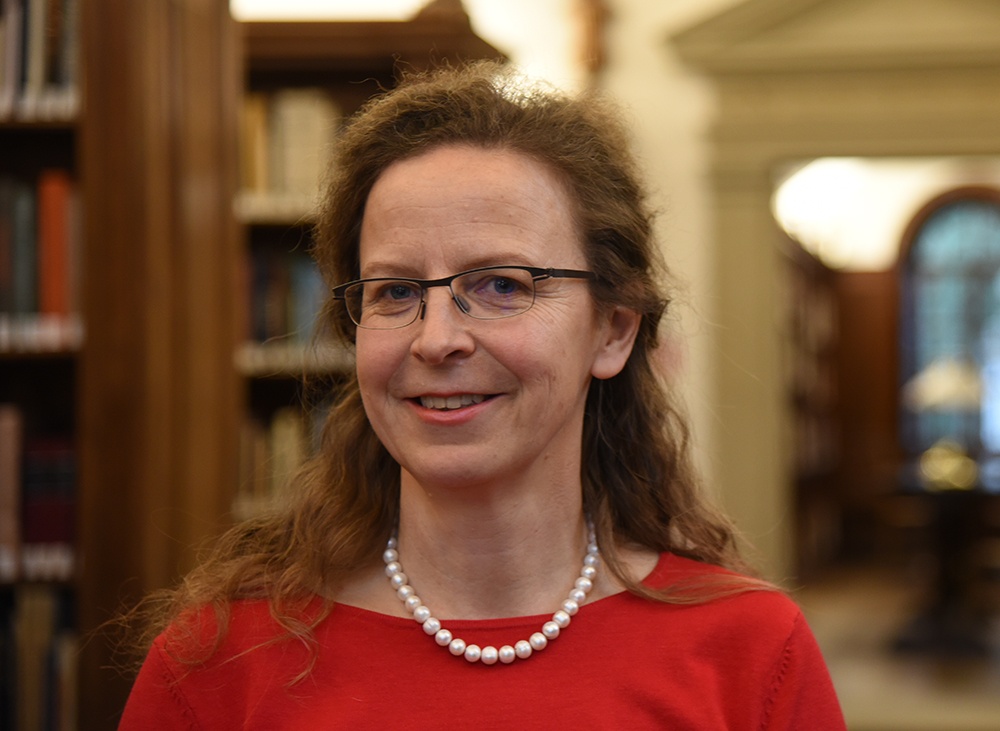Juliane von Fircks
Textile Merchants as Patrons of Art in Florence, Genoa, Bologna and Venice
2019-2020 (February-April)

Biography
Juliane von Fircks is Professor in Medieval Art History at the Friedrich-Schiller-Universität Jena. She is the author of Liturgische Gewänder des Mittelalters in St. Nikolai zu Stralsund (2008); Skulptur im südlichen Ostseeraum. Stile und Werkstätten im 13. Jahrhundert (2012) and co-editor of Oriental Silks in Medieval Europe (2016). Her forthcoming book is entitled Panni tartarici – Luxusgewebe aus Asien im spätmittelalterlichen Europe. She contributed to the exhibition Textiles and Wealth in Fourteenth-century Florence. Currently she is investigating the process of designing patterns in Italian silk weaving workshops. Her future project will be a study on networks of textile merchants and their activities as patrons of art and architecture.
Project Summary
Textile trade marked the start of the rise of the Medici as well as of numerous other patriciate families in Florence, Genoa, Bologna or Venice. Cloth dealers like Francesco Datini from Prato or Bartolomeo di Bologna became not only weighty players at international markets but acted as catalysts for the artistic production in the cities of Northern Italy. The same holds true for the textile merchants in the urban centers of the Netherlands and the Hanseatic League, who furnished their guild chapels with elaborate sculptured and painted altarpieces, precious vestments and chalices. Textile traders north and south of the Alps – closely entangled by economic, organizational and friendly links – probably represent the most mobile social group in late medieval and early modern society, crossing enormous geographical distances and maintain contacts to the workshops as places of textile production as well as to the courts as the places of consumption. For the first time, this project investigates the habitus of Italian textile merchants as donators of art and architecture with a view to their Northern counterparts. Special emphasis will be placed on the question how the mental mobility of the textile merchants, their interconnected thinking and their developed taste for the aesthetic of textiles may have been crucial for the selection of artists, styles, motifs and iconographic programmes.
